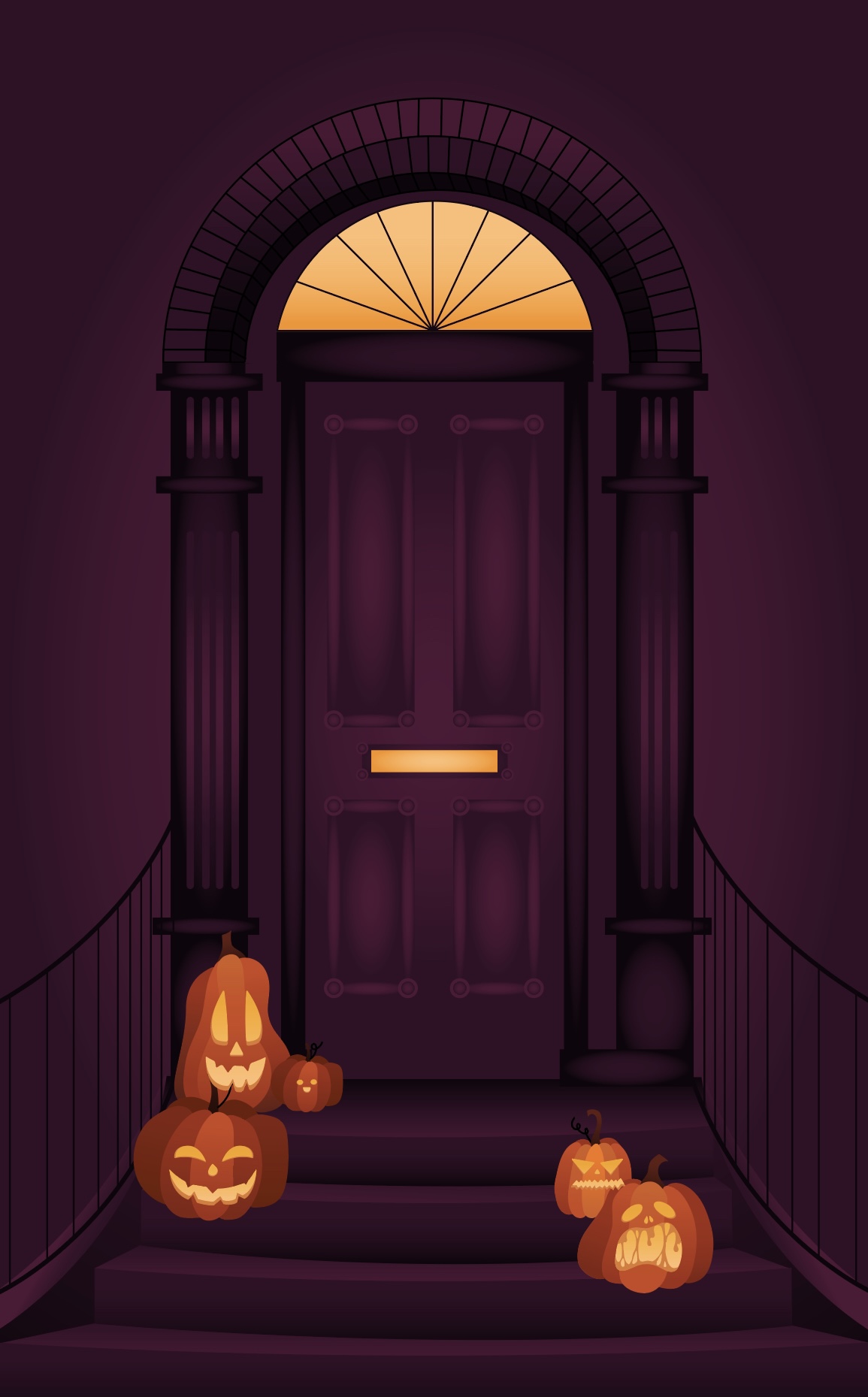

Illustration by Grace Faver
By Keegan Fuller
Contributor
Halloween is one of the most beloved holidays of modern times, and has had many significant influences over the years: Dia De Los Muertos, All Saints’ Day, and Samhain. If you’ve ever looked into the history of the holiday, you may have noticed that one of these has been pulling a little more weight than the others.
The Celtic holiday of Samhain is the earliest precursor to what we now call Halloween. Practiced by ancient peoples in what is now Ireland and Scotland, it marks the halfway point between the autumn equinox and winter solstice, when the harvest ended and the veil between earth and the celtic Otherworld (the realm of spirits and the Irish pantheon) was believed to be thinnest. Samhain is also the beginning of the Celtic new year, a fact which explains why it was such a significant holiday in the culture.
It was believed that with the greater number of portals to the Otherworld opened on Samhain, the Aos Sí, fairies from the Otherworld, demanded offerings to ensure good crops for the year to come. Some enterprising individuals saw the perfect opportunity to impersonate the Aos Sí, similarly demanding a tithe of food, a practice that may seem familiar to some of you. Samhain’s ancient trick-or-treating was bolstered in popularity by the belief that people doing it were protected from the malignant fairies! And while some may not be as generous in the candy-betrothing we practice nowadays, few dared neglect to doll out offerings, not wishing to take the chance that one of the individuals was one of the Aos Sí.
Because of the belief of Samhain as a liminal time, many took it as an opportunity to honor those who had died before them, and people would set out places at their tables for the spirits of their loved ones. Visits from the deceased were not always seen as a good thing, however; there was fear of vengeful ghosts returning to gain recompense.
One of the most common traditions of the holiday was the lighting of large ritual bonfires, symbolic of the sun, to ward off the darkness of winter and give strength to the crops in the years to come. There were also many lighthearted games which intend to divine details of impending deaths or marriage that were customary of Samhain, many involving apples and hazelnuts, which had magical associations in the culture. Beyond the quaint games and symbolic traditions of the holiday, Samhain was also the center of important political engagements. Early writers record that every seven years, a truce would be called on Samhain and the High King of Ireland would host a gathering where new laws were determined and the dead were celebrated.
Samhain’s importance to early celtic culture is also reflected in how pervasive it is throughout the mythology. One of the first great deeds of the Irish hero Fionn Mac Cumhaill was defeating an evil fairy who would burn down a palace each Samhain. Many of the other myths share this quality, with heroes defeating a monster on Samhain, but one stands out; the love story of Bonnie Janet and Tam Lin, in which a heroine saves her love from the Aos Sí.
While much of traditional Irish culture was lost when Christianity spread to it, Samhain’s practices and superstitions were so ubiquitous that Christian ideas and holidays were unable to overshadow and replace it; the majority of modern Halloween traditions come not from Christianity’s All Saints’ Day, but from Samhain. The survival of this ancient holiday provides a clear insight into an ancient society whose beliefs would otherwise be very dubious to us, and it resulted in the spookiest holiday, and best excuse for candy-eating, we have today.
Below are recent employment want ads that have been posted with WCC Center for…
Sasha Hatinger | Staff Writer What's the link between technology and its users' mental health? …
This review may contain spoilers for “The Monkey”, released in theatres on Feb. 21, 2025. …
Pop music gets an upgrade with singing robots in Steampunk suits Lily Cole | Editor …
Lily Cole | Editor ONGOING COVERAGE As new executive orders come out, some of which…
Public safety will follow federal law, verify warrants Courtney Prielipp | Photo Editor Recent…